‘The biggest wine contaminant (far worse than sulphur) is money. I don’t know how to put it any other way. The contamination is growing worse all the time. The better the wine, tragically, the more money it contains. Fine wines are now brimfull of money.’ Andrew Jefford
Yes, the prices of the world’s great wines have risen to ridiculous heights, with the most expensive wines testing the leap into the hyperspace of 5 figures – for a single bottle. Price has become the ticket to an exclusive club that is not open to most of us simple wine lovers.
Just as serious is the loss of the great benchmarks that are so essential for our education and orientation. What are our chances of ever tasting a Chateau Petrus from Pomerol, a Montrachet or Domain de la Romanée Conti Burgundy, a Chateau d’Yquem Sauternes or a JJ Prum Wehlener Sonnenuhr Trockenbeerenauslese? Or even a Screaming Eagle Sauvignon Blanc from California?
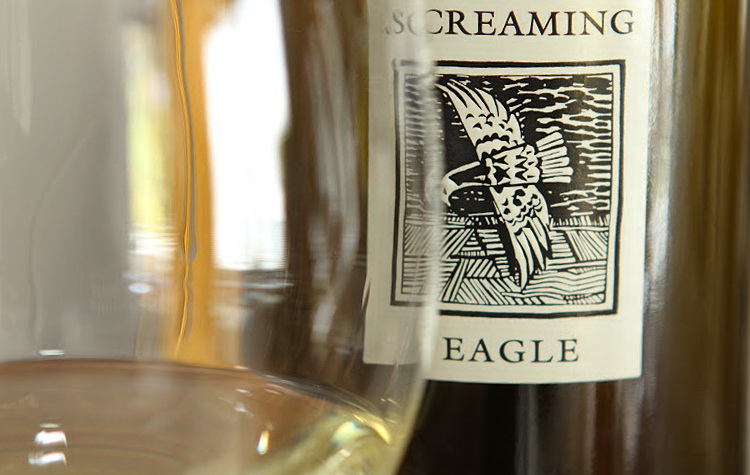
Image Source: Californian Wine Report
Wines like these make the near-1000 dollar price tags of Grange and Hill of Grace look perfectly reasonable, don’t they, yet even our home-grown heroes have become luxury goods to impress friends or business people with. They’re collected and cosseted, adored and admired, bought and sold but rarely opened.
Where Value is Tough to Find
$50 will buy you a decent Bordeaux Superior, which will not give you much of an idea why some people spend thousands on a bottle of Chateau Petrus. Even the wines on the next level down from the top guns fetch $400 or more: Chateau Léoville-Las Cases or Chateau L’Evangile, for example. A $100 Margaret River red from Moss Wood, Leeuwin Estate or Woodlands will be a close match in quality terms, and far better value.
The Brits know their way around the bargains in this part of the world, and here are some recommendations from Decanter’s Jane Anson.
CHATEAU LES TROIS CROIX 2015 – $56 at PWS. The mainly Merlot grapes (usually 80% in the blend, with 20% Cabernet Franc) are grown on the same type of limestone plateau that you find in St-Emilion and are rounded out with a oak ageing that usually sees around 30% new barrels. I have loved pretty much every recent vintage here, but maybe search out the 2015 for its damson fruits rippling with minerality.
Chateau Grand Village 2014, Bordeaux, Merlot and Cabernet franc – $46 at Mosaique Owned by the Guinaudeau family of Château Lafleur, this is becoming a don’t miss wine in the AOC Bordeaux appellation.
CHATEAU MONTLANDRIE 2016 – $52 at PWS I couldn’t finish without adding one Denis Durantou wine. The prices are, sadly, now starting to head upwards, but you can still find some in the range for £20 or under in the UK market, and if you do see them, snap them up. Durantou is without doubt one of France’s most talented winemakers, and Montlandrie has been owned by him since 2009, planted to 65% Merlot, 20% Cabernet Franc and 15% Cabernet Sauvignon.
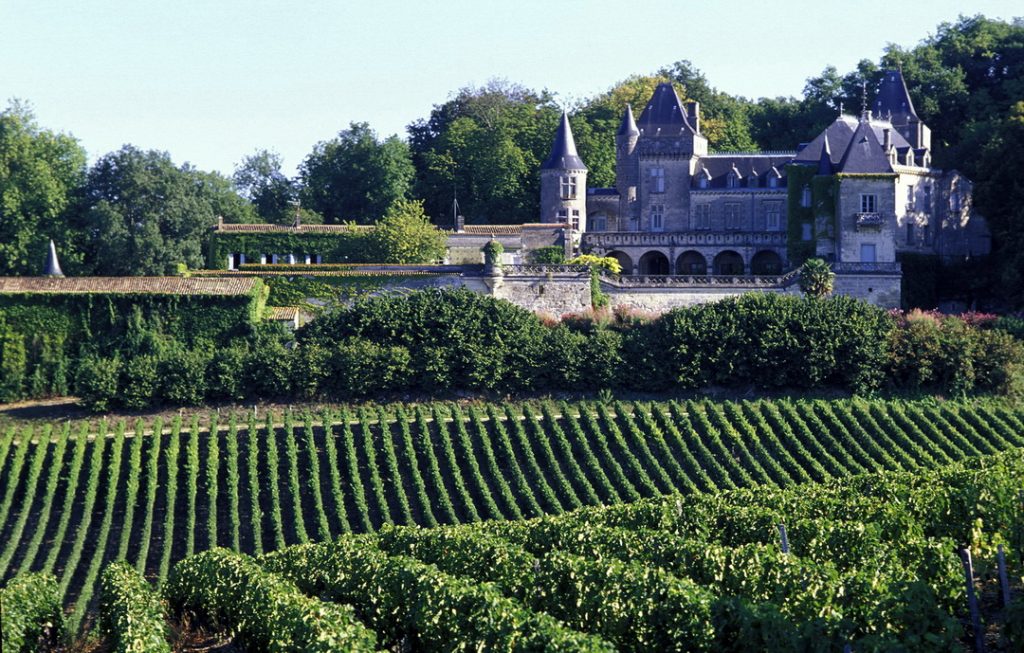
Other Choices
The typical advice from leading wine writers and judges is to look further afield. Just down the road from the grand crus, they tell us, you’ll find many close cousins at much more friendly prices. If top red Burgundies from the Cote de Nuits are out of reach, what about a Clos des Myglands from Mercury? If Chassagene-Montrachet is beyond your budget, what about a Pouilly-Fuissé or St Veran from the Maconnais?
These are solid, honest country wines, affordable alternatives for sure at $25 to $50 a bottle, but they won’t give you the faintest idea why some wine lovers are driven to writing poetry about great Burgundies and spending small fortunes on a few bottles. You’d be better off spending your money on Pinots or Chardonnays from Tasmania or Victoria. Most of the time, you’ll get a better product.
There’s a Fly in my Wine Glass
Parker perfection – 100 points – comes at a price, but there’s more: some of these reds are caricatures that have more in common with Grange than top Bordeaux: refinement, charm and balance have given way to wines that are rich, ripe, muscle-bound and headache-inducing (15% and more). That’s the style of red Parker loved and promoted. More Here.
White Burgundies have been plagued by different challenges, and the Brits tell us that we’re better off with top-notch Aussie Chardonnay. This is what Pierre Mansour form the UK’s Wine Society told Brits a few years ago: ‘ … with the [premature oxidation] issues [white] Burgundy has had in recent years, I’d urge Decanter readers to look to Australia – these wines are brilliant.’
The ‘premox’ issue has tarnished the reputation of expensive white Burgundies for over a decade now, and neither the cause nor the extent of the damage are clear – check the gory details Here.
There’s More to France
France has a lot more to offer than Bordeaux and Burgundy. Even Bordeaux offers serious treasures once we open our eyes and minds. South of Bordeaux on the banks of the river Garonne, we find the great dessert wines of Sauternes and Barsac. They’re much better value than the grand cru reds, even without factoring in the high cost of making these wines: The grapes are picked almost one at a time, over several rounds, and a single vine makes one glass of dessert wine. With dry white or red, one vine makes a whole bottle.
Stickies seem to have gone out of fashion, which has kept prices reasonable, and these are wonderful wines with few rivals. While Chateau d’Yquem has carved out a reputation that puts it on a lofty pedestal, with a price nudging $1000 a bottle, the next best wines are very close in quality and much more affordable. Here are a few choices:
- Chateau Coutet 2014 – $87 at Nicks
- Doisy Daene 2015 – $99 at Nicks
- Chateau Rieussec 2014 – $120 at Nicks
- 2011 Chateau Guiraud Sauternes (375 ml) – $95 at MWG
- 2015 DV by Chateau Doisy-Vedrines Sauternes (375ml) – $20 at Nicks
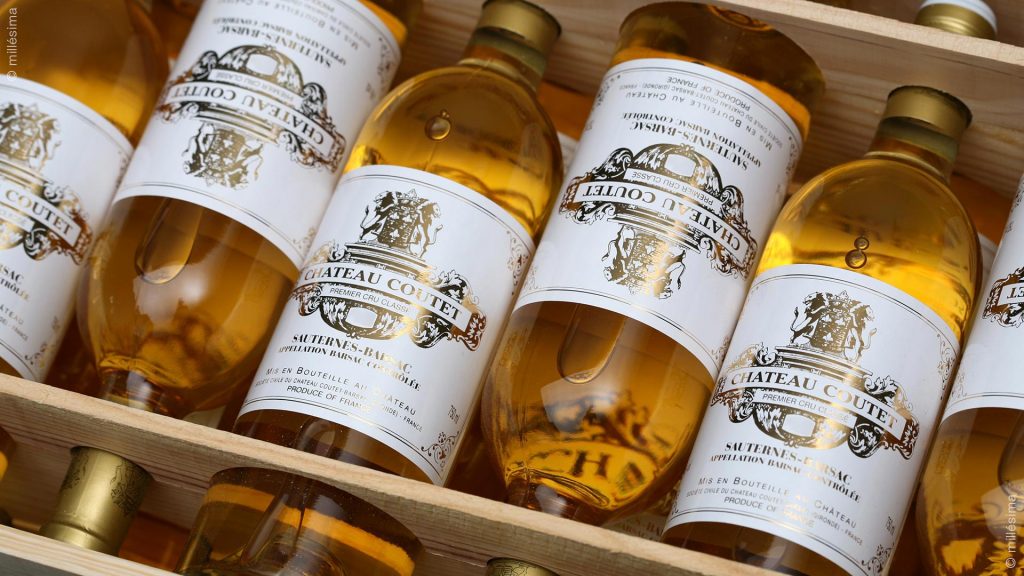
There’s More Again
Just north of Sauternes lies Graves, an area that makes stylish and affordable whites from Sauvignon Blanc, Semillon and Muscadelle. Sadly, new see very few of these wines down under. Here are a couple
Chateau du Cros – Sauvignon Blanc – 2014 – $22 at French Wine Collective. ‘You won’t pay more than €20 in France for this brilliant Fronsac, owned by Patrick Leon, ex-Mouton winemaker,’ says Decanter’s Jane Anson.
Jane also recommends Clos Floridene Grand Vin de Graves – $50 at Cellarit. This spot in Pujols-sur-Ciron used to be a fully red wine property,’ she tells us, ‘but [Professor] Dubourdieu recognised its sand-red clay-limestone terroir as an exceptional one for white (he compared it to Chassagne and Meursault), particularly as its location in the Ciron valley also means some of the coldest nights in Bordeaux – perfect for encouraging aromatics.’
The Loire
The river Loire flows across France from east to west, through what is truly picturesque wine country. There are many lovely wines made here, from the Muscadets near the Atlantic to the gentle reds of Chinon and Bourgeuil, to Sancerre and Pouilly-Fume further upstream. These wines are not considered classic wines on the same level as the top Bordeaux and Burgundies, but they’re affordable at $25 to $50, and worth trying. Once again, hardly anyone imports these wines.
Muscadet Sèvre et Maine “Briords” Vieilles Vignes, Domaine de la Pépière – $36 at Andrew Guard ‘From 70-year old vines, on granite. Pure bright fruit on the nose, which is clear, lightly creamy, with some fresh herbal and mineral nuances. The wine has terrific tension and a lovely mouth-feel. Really fine potential here.’ Says one reviewer.
Marc Bredif Classic Vouvray 2016 – $25 at Nicks. Made from Chenin Blanc on the lower Loire, these wines remind me of Hunter Semillons: when they’re young, they smell and taste of apples and lemons, when they’re old they taste of lanolin and wet straw.
Chablis
Chablis is another classic area, just north of Burgundy on the way to Champagne. The premier grand crus are expensive, if not in the same league as top white Burgundies, but the premier crus, the next level down, are much more sensibly priced.
Andrew Jefford tells us that co-ops are an unrivalled source of affordable, dependable wine from proven terroir, and cites the long-established La Chablisienne in Chablis. Vintage Cellars imports these wines
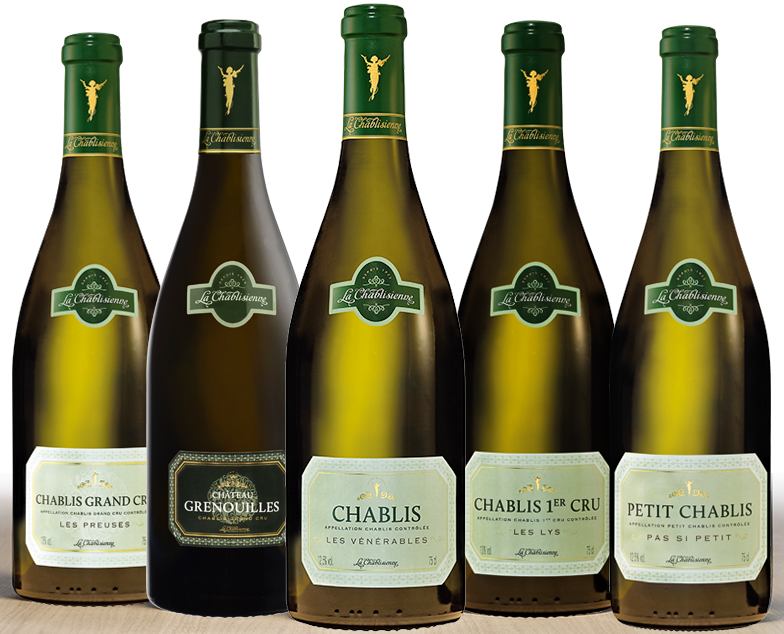
La Chablisienne 1er Cru Lechet 2013 – $40 at Vintage Cellars. The web page seems to have problems loading, and the 2013 vintage most likely needs updating. Here’s the page with the 3 wines they import
Nicks has a few Chablis wines for us, and the William Fevre Chablis 1995 makes a really good start at a decent price: $30. Premier Crus are much dearer, of course.
Maison des Hates Chablis Premier Cru Beauroy 2016 – $60 at Nicks. Check the reviews at the links.
The Rhone
The Provence is fertile ground for us, at the southern end of the valley. The further up the river you go, the further up the prices go. Chateauneuf do Pape is not a good value proposition because it’s so well-known. Gigondas and St Joseph are affordable destinations, Cornas and Crozes-Hermitage less so, and Hermitage and Cote Rotie are at the top of the price range. The prices are up there for a good one.
- Chateau Beaucastel Chateauneuf du Pape 2015 – $165 at Nicks.
- Guigal Brune & Blonde Cote Rotie 2012 – $120 at Vaucluse Cellars. Serious wine made by one of the pillars of this region.
- Domaine Jean-Louis Chave, Hermitage, Rhône, France, 2016 – $90 at Nicks
The next group is more affordable
- Saint-Damien Gigondas Vieilles Vignes 2015 – $40 at Nicks
- Domaine Saint Damien Gigondas Vieilles Vignes Rouge 2015 – $40 at Nicks
- Ferraton Père et Fils La Source Saint Joseph Syrah 2015 – $48 at Euro Wine Store
- Cave de Tain Crozes-Hermitage 2015 – $38 at Dynamic Wines. Another do-op that comes highly recommended by Andrew Jefford
There is great value to be found among the basic appellation wines, and the boys at Nicks do a pretty good job sorting the best from the rest
- Guigal Cotes du Rhone 2015 – $19 at Nicks. This is the benchmark of sorts, but there are better wines from single domains
- Chateau Juvenal Les Ribes du Vallat – $25 at Nicks
- Saint-Damien Plan de Dieu Vieilles Vignes Cotes du Rhone Villages 2015 – $25 at Nicks
There’s enough to keep you amused here, so we’ll leave the second part of this post until next week when we check the best value wines of other countries such as Italy and Spain.

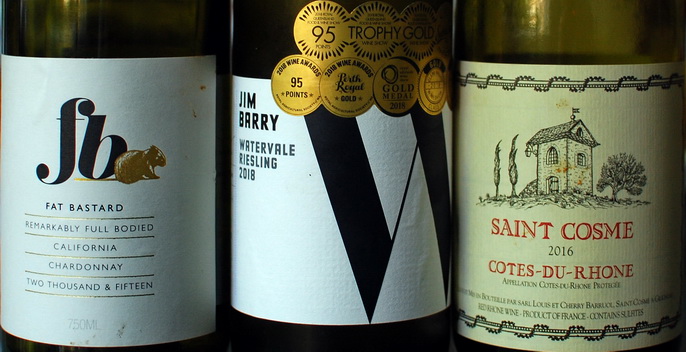
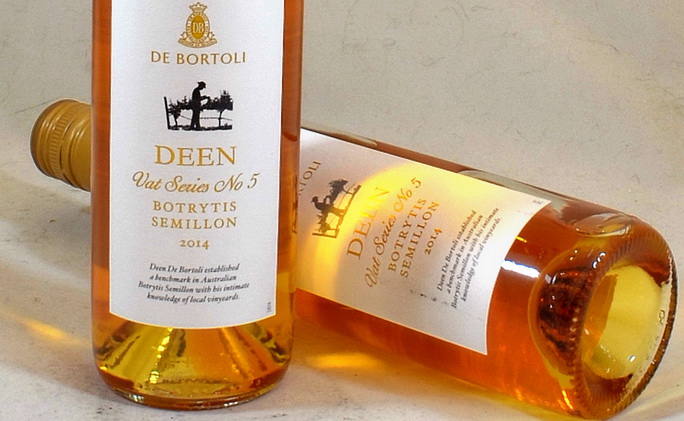





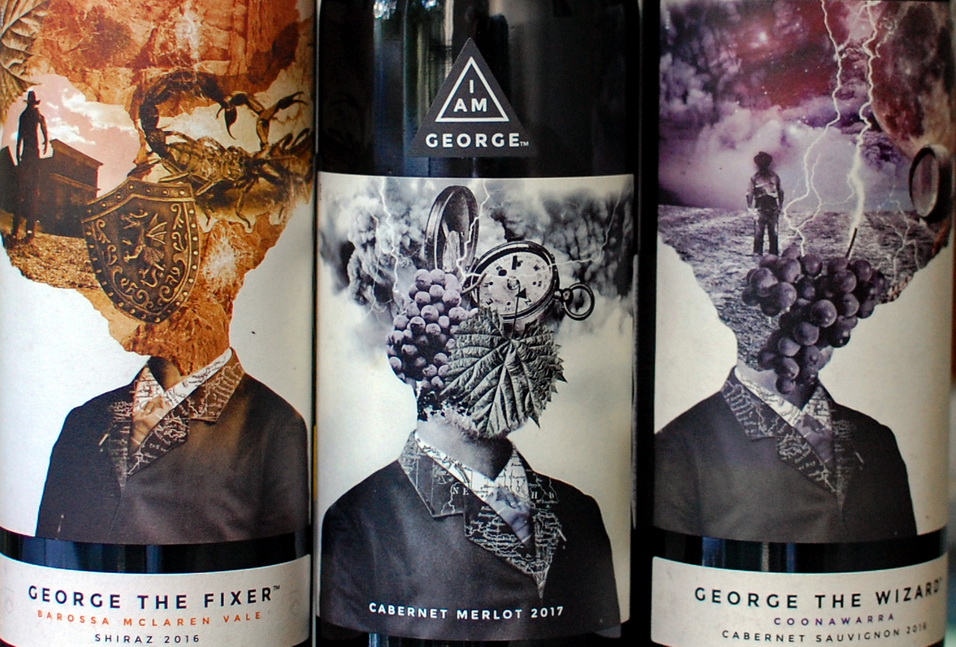
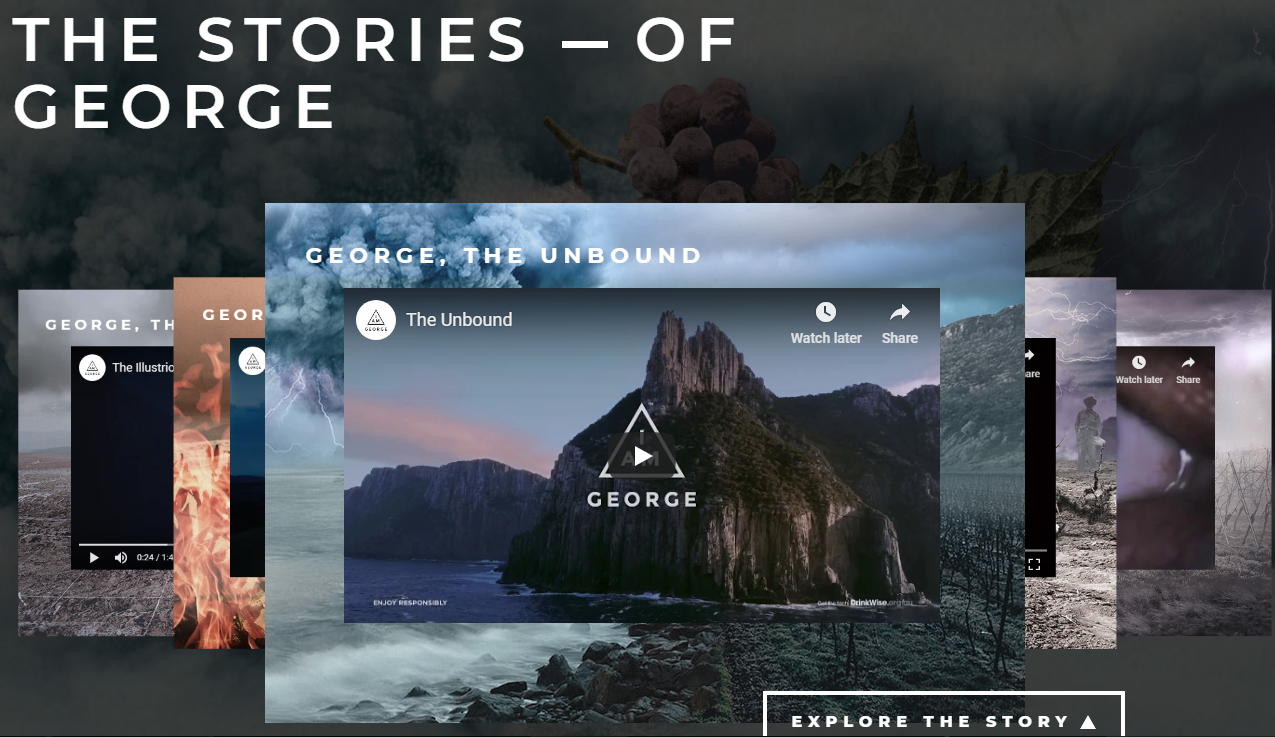
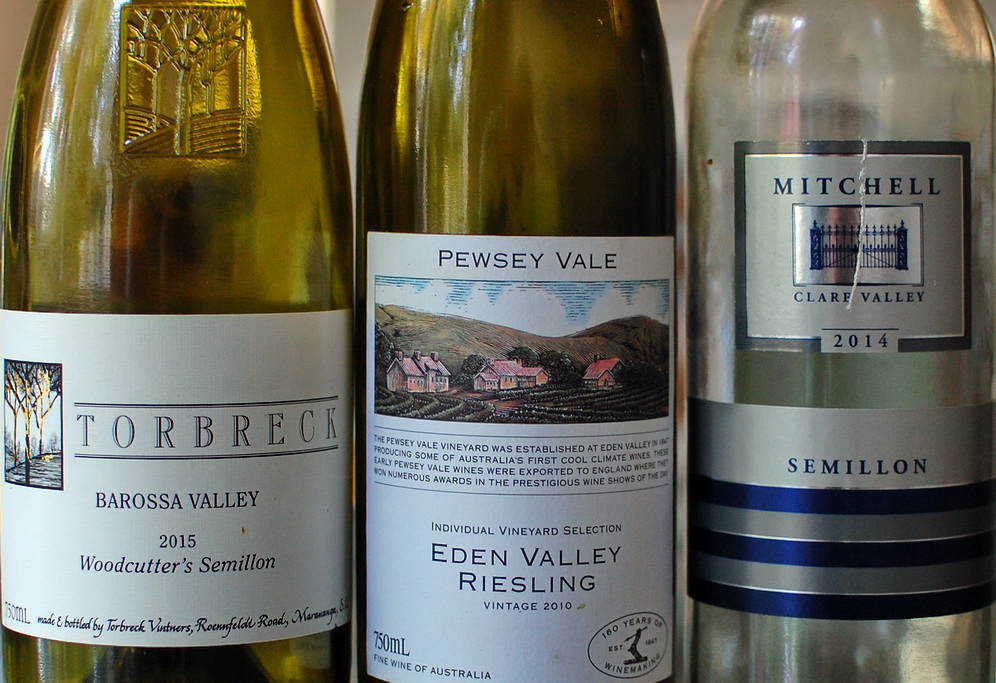
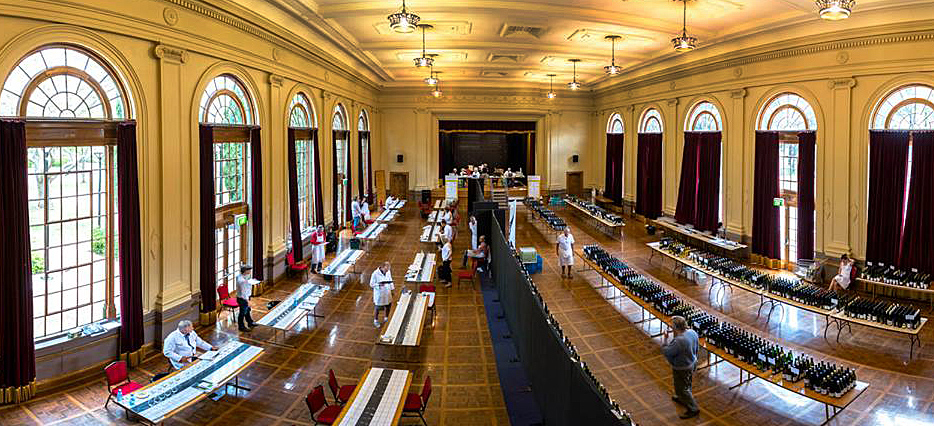 Photo © Chris Holly
Photo © Chris Holly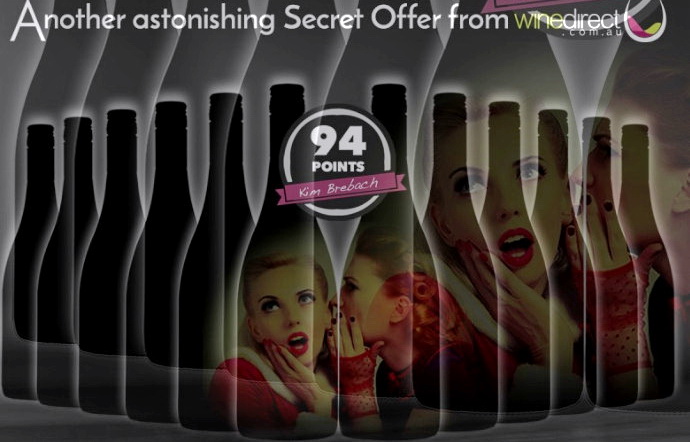
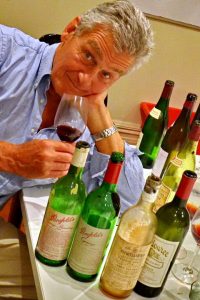 Most of the Grange bottles made are never opened. Collectors show them to friends at dinner parties, investors buy and sell them, but very few people drink them. If you actually want to buy some Grange to drink, I have wonderful news:
Most of the Grange bottles made are never opened. Collectors show them to friends at dinner parties, investors buy and sell them, but very few people drink them. If you actually want to buy some Grange to drink, I have wonderful news: 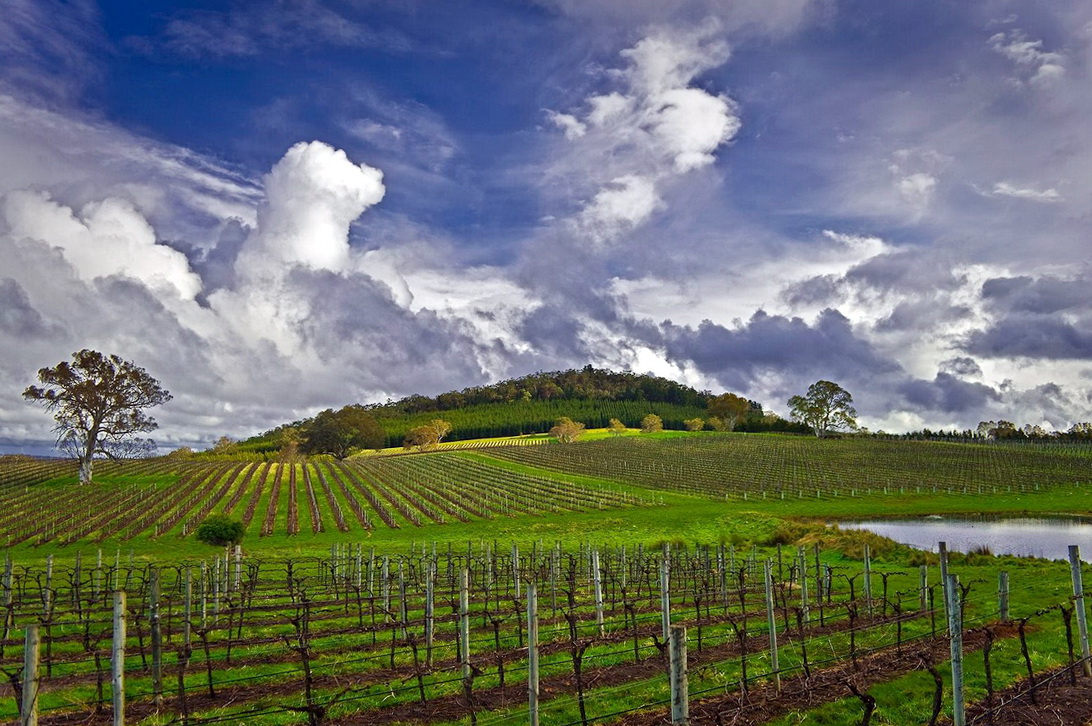
 Lee G.
Lee G.